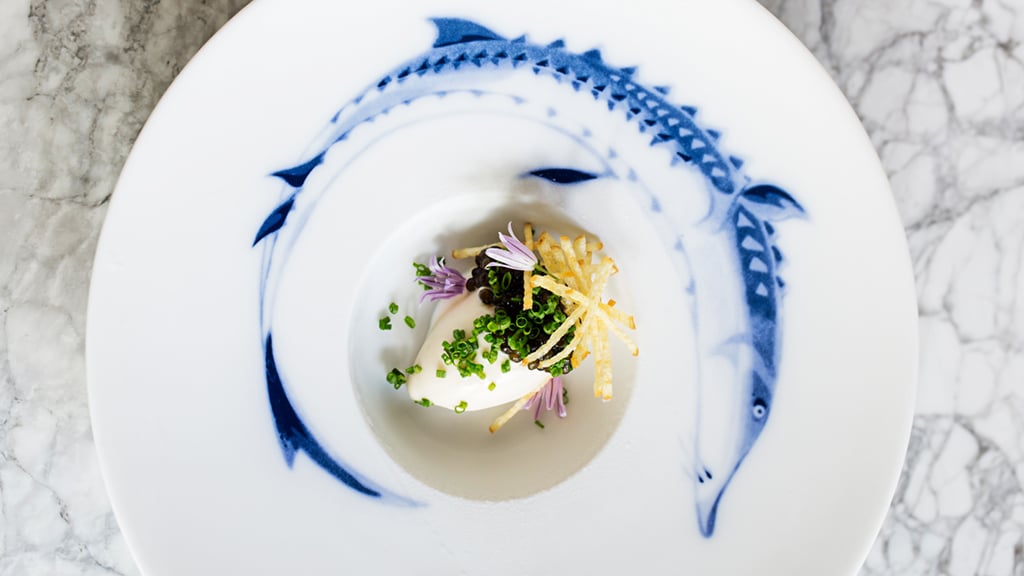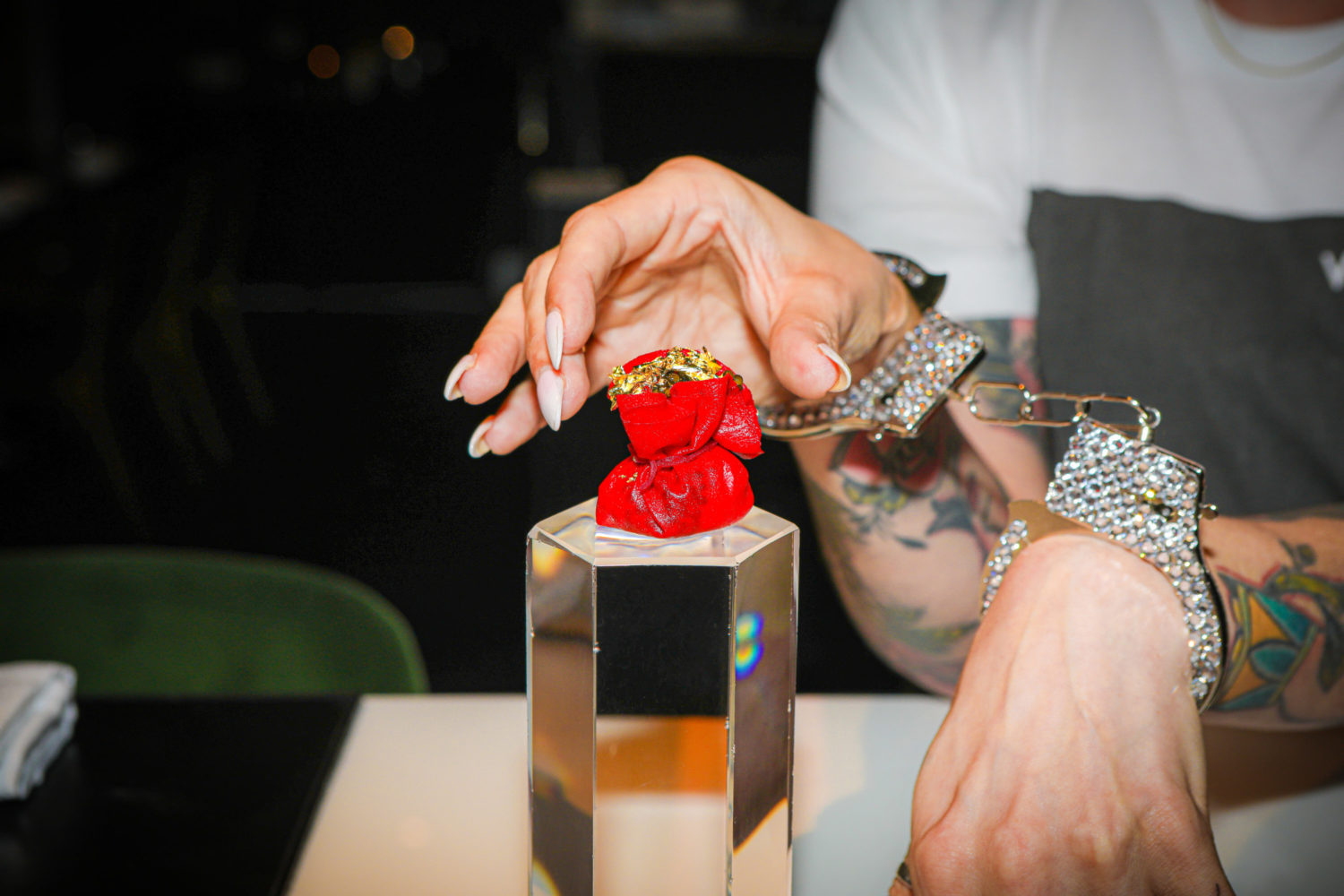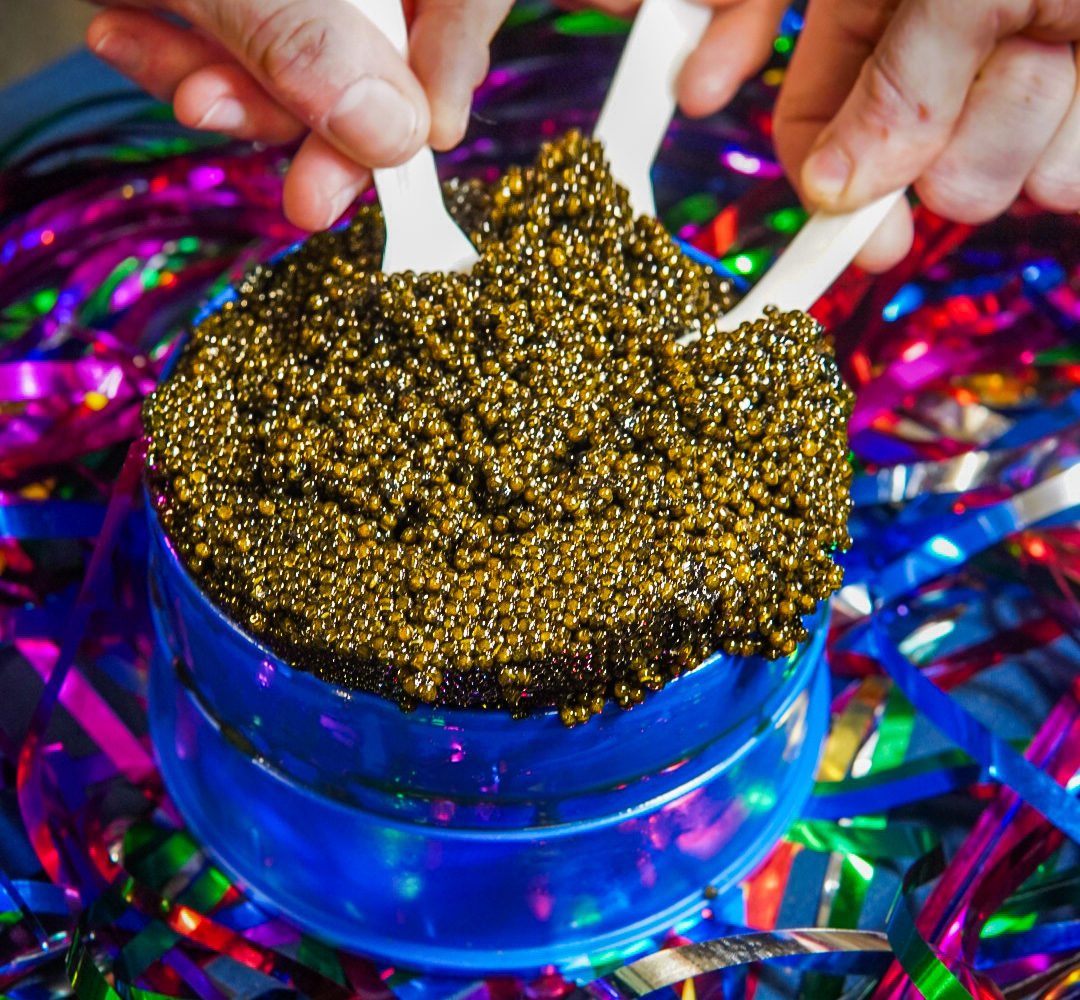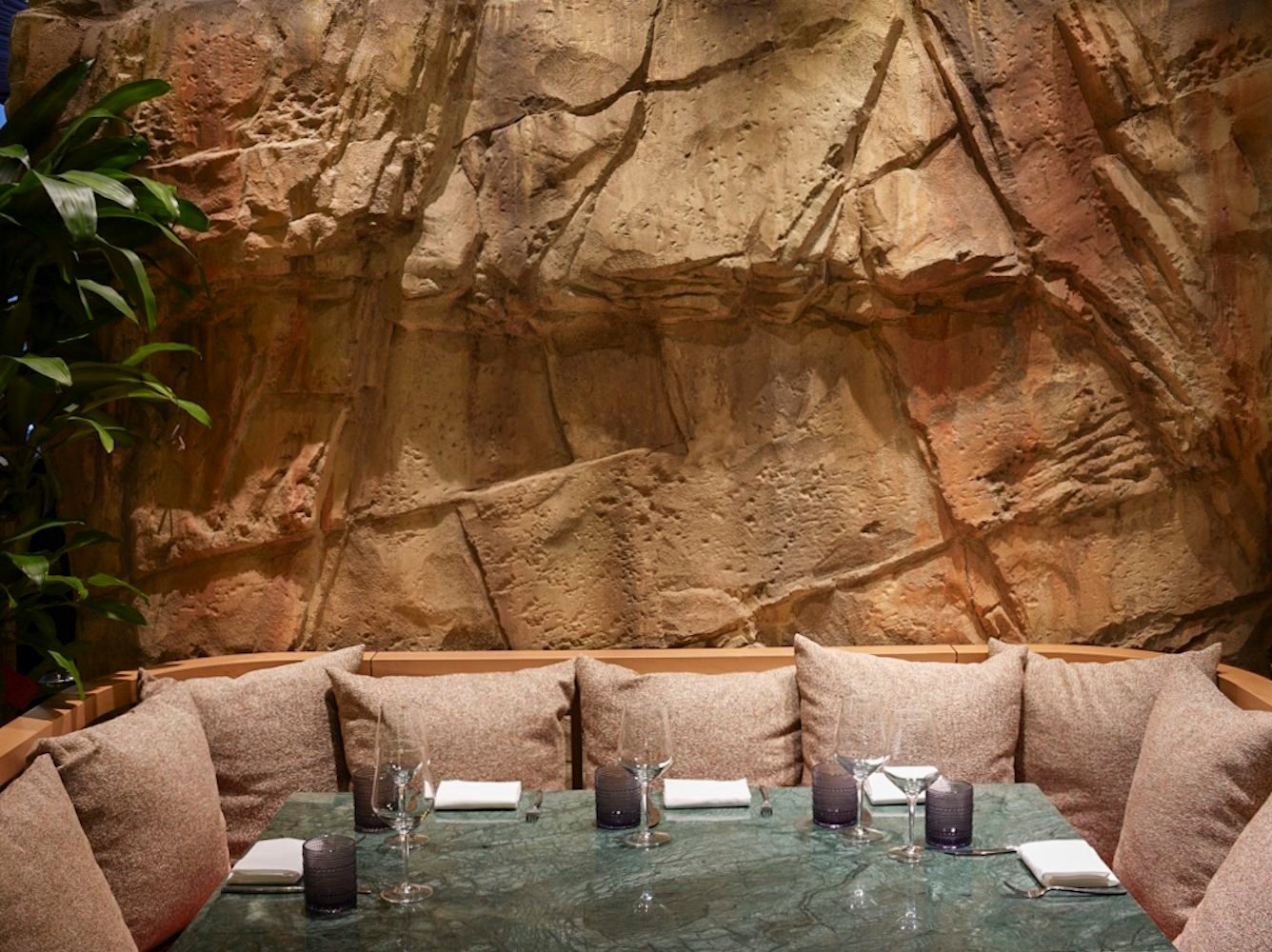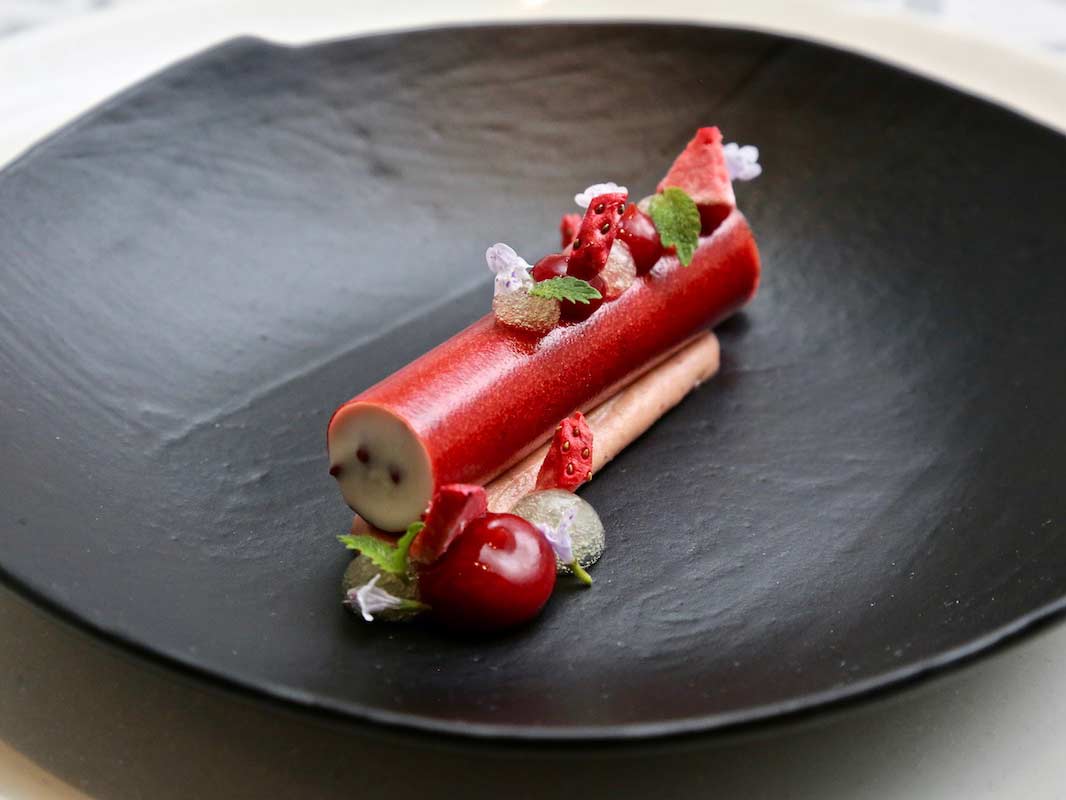It’s been an expensive year to eat out in Washington. Really expensive, in some cases. A slew of new restaurants—Métier, Pineapple and Pearls, the Shaw Bijou—are asking diners to pay hundreds of dollars per person for a single dinner.
These blowout tasting menus have spawned plenty of indignation and controversy. The Shaw Bijou, in particular, with its 26-year-old chef, has felt the brunt of the social media vitriol.
Let’s get past the faux-outrage for just a minute though. At the core of these tasting menu restaurants is a question that deserves some serious discussion: Is it worth it?
Having eaten at most of DC’s priciest restaurants (often, but not always, thanks to food writer’s expense account), I’ve been thinking a lot about what warrants an extravagant price tag. I get these inquiries more and more, and it’s a struggle to answer. The problem is this isn’t actually a “yes” or “no” question.
One thing that I think many diners don’t realize: The restaurateurs behind the highest-end establishments aren’t usually getting filthy rich. Fine dining profit margins are notoriously slim. If they were in it for the cash, they’d probably focus on a chain of fast-casual restaurants instead. Or, actually, they’d go into a different industry altogether.
There’s also just a basic lack of understanding about how restaurant prices work. When you pay $200 or more for a meal, you’re not just paying for the caviar and the wagyu; you’re also paying for bigger expenses, like the rent in a trendy neighborhood and the salaries of experienced staff.
Assessing the value of a tasting menu is made even trickier because there’s just no universal metric. Everyone has an idea of what makes a great burger and how much is typical to pay at certain types of restaurants. Tasting menus aren’t intuitive or uniform like that. They can vary dramatically in cuisine, ingredients, technique, and number of courses.
Plus, restaurants like the Shaw Bijou, Pineapple and Pearls, and Minibar don’t feature menus online for diners to size up. Even if they did, that likely wouldn’t reveal much. Their avant-garde dishes are complex and unusual enough to defy simple descriptions or comparison. I have no idea what the going rate is for king crab in roasted garlic butter with uni-bottarga.
What this means is that critics have a lot more sway when it comes to these pricey restaurants. In general, I don’t think restaurant reviews have much power to make or break a restaurant in this age of bloggers and Yelp. (Just look at Founding Farmers.) But that influence is magnified when it comes to high-dollar tasting menus. The more money people throw down, the more research they do, and the more likely they are to take a star-rating into account. These are special occasion restaurants, after all, that require special consideration—more than the off-hand recommendation of a friend.
But even a critic’s voice won’t necessarily tell you whether you should spend the equivalent of a plane ticket on one meal. Here’s the part where I give you a totally unsatisfactory answer because it’s the only honest answer:
Is it worth it?
It depends how you value and think about food.
More and more restaurants are asking us to think of dinner like theatre or a concert. It’s not as simple as what tastes good or what tastes bad. And it’s not as simple as economics and ingredient costs.
These meals are meant to be about something much more: art, fantasy, entertainment, intellect.
A burger may ultimately be more satisfying, it’s true! But that’s missing the point. Watching Netflix on your couch is also satisfying. Chefs want you to think of their tasting menu “journeys” like seeing Hamilton live on Broadway.
The last time I ate at Pineapple and Pearls sure didn’t feel like the last time I ate at Shake Shack. At the burger joint, I didn’t peer into the open kitchen like it was a stage, and I didn’t later rehash the 15 courses with friends like my summer vacation. It takes a certain kind of restaurant—and a certain kind of diner—to turn a meal into more than a meal.
If you can’t buy into that, it will never be worth it.

